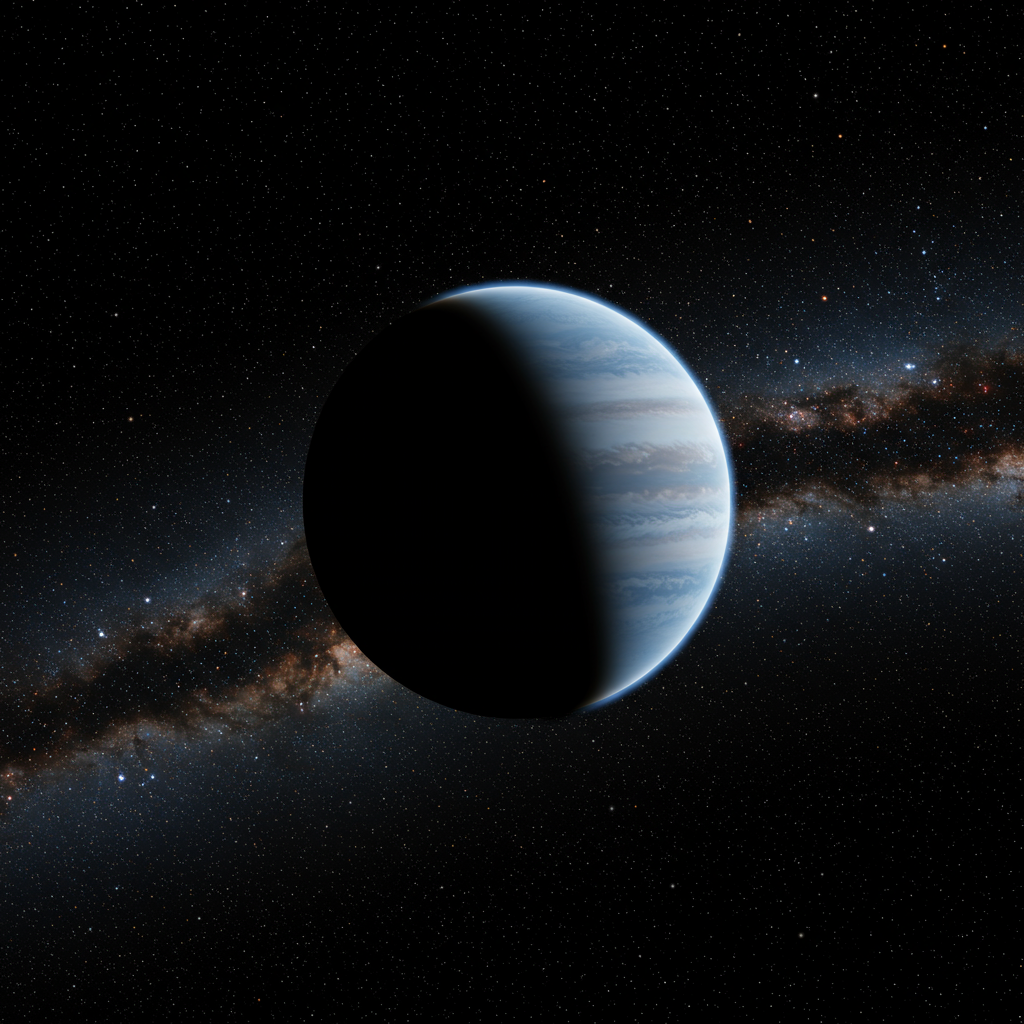Astronomers have achieved a significant milestone, capturing the first-ever direct image of a distant exoplanet known as GJ504b. This intriguing world, often nicknamed the “second Jupiter” due to some shared characteristics, offers a unique glimpse into the diversity of planetary systems beyond our own.
Located approximately 60 light-years away in the constellation Virgo, GJ504b orbits a sun-like star named GJ 504. Capturing an image of a planet so far away, especially one relatively close to its bright parent star, is an immense technical challenge. This groundbreaking achievement was made possible through the advanced capabilities of the Subaru Telescope situated atop Mauna Kea in Hawaii.
Cutting-Edge Technology Behind the Image
The successful imaging of GJ504b relied on sophisticated technology integrated with the Subaru Telescope. Key instruments included the HiCIAO coronagraph imager and the AO 188 adaptive optics system.
Coronagraph: The HiCIAO coronagraph is crucial for blocking out the overwhelming light from the host star. This allows the much fainter light reflected or emitted by the exoplanet to be detected.
Adaptive Optics: The AO 188 system compensates for the distortions caused by the Earth’s turbulent atmosphere. This results in sharper, more detailed images, essential for resolving faint objects like distant exoplanets.
This observation was part of the Strategic Explorations of Exoplanets and Disks with Subaru (SEEDS) Project, an ambitious initiative focused on studying exoplanetary systems in detail.
Introducing GJ504b: A Distant Gas Giant
Often compared to Jupiter, GJ504b is a gas giant with an estimated mass between three and six times that of our solar system’s largest planet. What makes this discovery particularly notable is that GJ504b is the lowest-mass planet ever to be directly imaged.
While similar in size range to Jupiter, GJ504b resides in a vastly different orbital environment. It orbits its parent star GJ 504 at a distance of approximately 44 astronomical units (AU). For comparison, this is roughly equivalent to the distance between the Sun and Pluto in our own solar system.
Despite its considerable mass, GJ504b is relatively cool for a gas giant of its age, with an estimated temperature of about 500 Kelvin (230°C or 446°F).
A Window into Exoplanet Atmospheres
One of the most fascinating aspects of GJ504b is its atmosphere. Unlike many other exoplanets discovered to date, which often have thick, obscuring cloud layers, GJ504b appears to have a relative lack of significant cloud cover.
This atmospheric clarity is a rare and valuable characteristic for scientists. It offers an unprecedented opportunity to study the planet’s chemical composition and potentially glimpse weather patterns in greater detail. By analyzing the light from its atmosphere, researchers can gain critical insights into the planet’s formation history and evolutionary path.
Challenging Planetary Formation Theories
The very existence and characteristics of GJ504b pose interesting challenges to current models of planetary formation. Traditional theories suggest that giant planets like Jupiter form through a process called core accretion, which is thought to be less efficient at the wide orbital distance of 44 AU where GJ504b is found.
The presence of a massive gas giant like GJ504b so far from its star suggests that alternative formation mechanisms, such as gravitational instability within the protoplanetary disk, might play a more significant role for planets in wide orbits than previously thought.
By studying exoplanets like GJ504b, astronomers are expanding their understanding of the diverse ways planets can form and evolve across different star systems. The direct imaging of such worlds, combined with detailed atmospheric analysis, is crucial for refining these complex models and unlocking the mysteries of planetary systems far beyond our own.
This initial direct image of GJ504b marks a new chapter in exoplanet research, highlighting the power of advanced observational techniques to reveal distant worlds and challenge our understanding of the cosmos.




